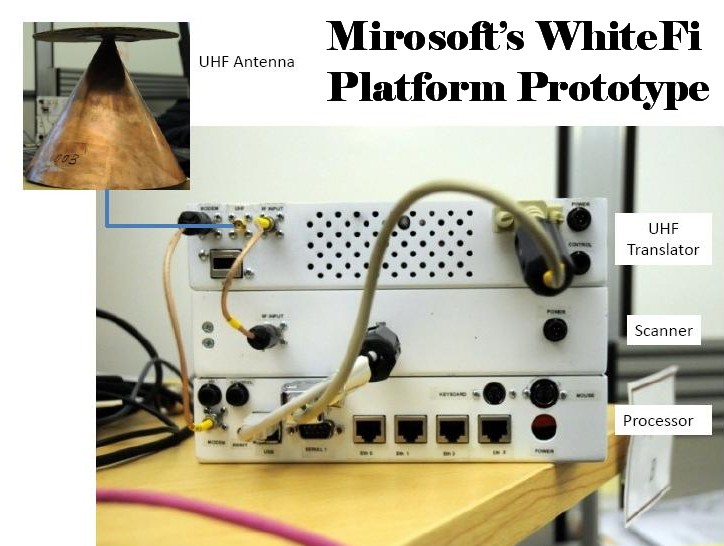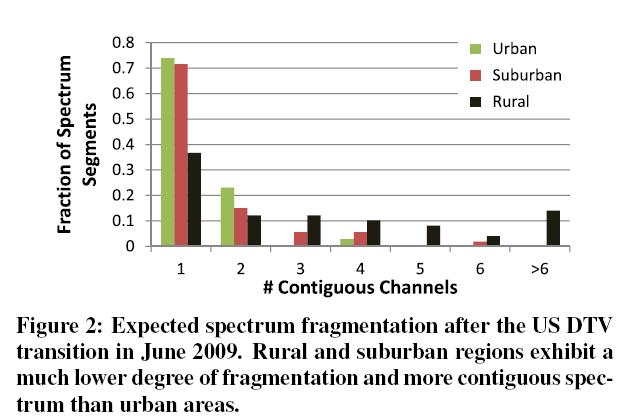TVB Tech Alert: Microsoft Bows WhiteFi
REDMOND, WASH.: Microsoft is testing a white-space system similar in nature to WiFi. The company unveiled its plan recently at a trade conference in Barcelona, Spain, in a white paper entitled, “White Space Networking with WiFi-like Connectivity.” It won the best paper award at the even, SIGCOMM 2009, according to the Harvard Sensor Networks Lab.
The “WhiteFi” concept resembles WiFi, but the application will be far more complicated. Unlike a continuous WiFi network, white spaces are individual bands of spectrum scattered throughout TV channels 21 (512 MHz) to 36, and 38 through 51 (698 MHz). White spaces, also referred to in broadcasting as “taboo channels,” were established in analog broadcasting to prevent adjacent-channel interference.
The buffer zone is considered unnecessary in digital broadcasting, so the Federal Communications Commission handed white spaces over to Microsoft and a group of other computer giants to populate with unlicensed devices. The term refers to the fact that all other radio frequency use must be licensed by the FCC. The white space ruling is the first time the commission has granted the free use of spectrum.
Microsoft researchers describe the fundamental differences between WiFi and how a WhiteFi network would have to function.
“Networking over UHF white spaces is fundamentally different from conventional Wi-Fi along three axes: spatial variation, temporal variation, and fragmentation of the UHF spectrum,” the paper states. “Each of these differences gives rise to new challenges for implementing a wireless network in this band. We present the design and implementation of WhiteFi, the first Wi-Fi like system constructed on top of UHF white spaces.
“WhiteFi incorporates a new adaptive spectrum assignment algorithm to handle spectrum variation and fragmentation, and proposes a low-overhead protocol to handle temporal variation. WhiteFi builds on a simple technique, called SIFT, that reduces the time to detect transmissions in variable channel width systems by analyzing raw signals in the time domain. We provide an extensive system evaluation in terms of a prototype implementation and detailed experimental and simulation results.”
“White Space Networking with WiFi-like Connectivity” is available on Microsoft’s Research site.


Get the TV Tech Newsletter
The professional video industry's #1 source for news, trends and product and tech information. Sign up below.
